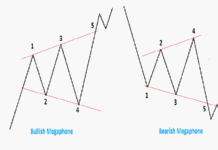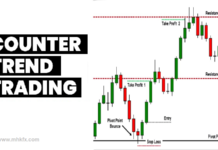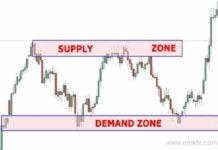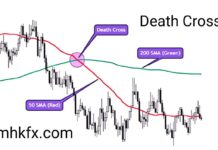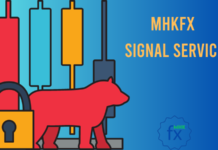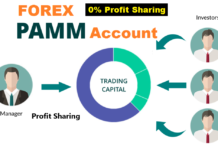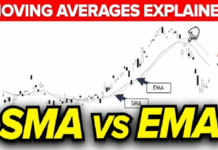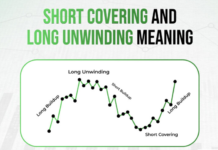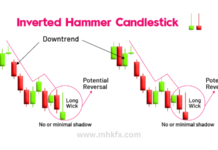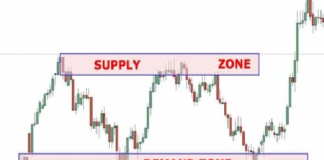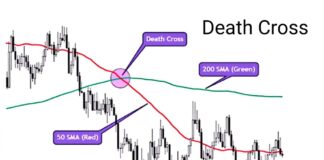
In the world of financial markets, leverage is a powerful and often misunderstood tool. It has the potential to magnify both profits and losses, making it a double-edged sword that traders and investors must wield with care. Whether you’re a seasoned trader or just beginning your journey in the world of forex and stock markets, understanding leverage is essential for success. In this comprehensive guide, we will delve into the intricacies of leverage, exploring what it is, how it works, and the risks and rewards associated with its use.
What is Leverage?
Leverage, in the context of trading, refers to the ability to control a larger position in the market with a relatively smaller amount of capital. It enables traders to amplify their exposure to price movements in financial instruments, such as currency pairs in the forex market or stocks in the stock market. Leverage is essentially a loan (Understanding Leverage in Forex) provided by a broker to a trader, allowing them to open larger positions than they would be able to with their own capital alone.
For example, if a trader has $1,000 in their trading account and uses 10:1 leverages, they can control a position worth $10,000. This means that gains and losses are calculated based on the $10,000 position, not the $1,000 of the trader’s capital.
How Does Leverages Work?
Leverage works by using borrowed funds from the broker to increase the size of a trading position. It’s often expressed as a ratio, such as 10:1, 50:1, or even 100:1, indicating the amount of leverage available. The first number in the ratio represents the trader’s capital, while the second number represents the borrowed funds. Here’s a breakdown of how it works:
Choose Leverage Level:
Traders select a leverage level when opening a position. This determines the size of the position relative to their capital.
Borrowed Funds:
The broker provides the trader with borrowed funds to cover the increased position size. The trader is responsible for repaying these funds, often with interest.
Amplified Gains and Losses:
As the position size is magnified, so are the potential profits and losses. If the market moves in the trader’s favor, they can make a significant profit. Conversely, if the market moves against them, losses can be substantial.
Margin Requirements:
To ensure traders can cover potential losses, brokers require traders to maintain a minimum amount of capital in their account, known as margin. If losses exceed this amount, a margin call may be issued.
Risks and Rewards of Leverage
Leverage offers the potential for substantial rewards, but it also comes with significant risks:
Rewards:
- Magnified Gains: Leverage allows traders to profit from smaller market movements by controlling larger positions.
- Capital Efficiency: Traders can diversify their trading activities and access a broader range of assets with a relatively small amount of capital.
- Short-Term Trading: Leverage is often used by day traders and short-term speculators to take advantage of intraday price swings.
Risks:
- Amplified Losses: The same magnification that boosts profits can also lead to substantial losses. A small adverse price movement can lead to the loss of a significant portion of the trader’s capital.
- Interest Costs: Borrowed funds come with interest charges that can erode profits if positions are held for extended periods.
- Margin Calls: If losses exceed the available capital, traders may face margin calls, requiring them to deposit additional funds or close positions at unfavorable prices.
Risk Management with Leverage
To use leverage effectively and manage the associated risks, traders should implement robust risk management strategies, including:
- Stop Loss Orders: Setting stop loss orders helps limit potential losses by automatically closing positions when a predetermined price level is reached.
- Position Sizing: Properly determining the size of leveraged positions relative to available capital is crucial to avoid overexposure.
- Diversification: Spreading risk across multiple assets can help mitigate the impact of adverse price movements on a single position.
- Education and Practice: Novice traders should invest time in learning about leverage and practice in a demo trading environment before using real capital.
Leverage is a powerful tool (Understanding Leverage in Forex) that can significantly impact trading outcomes in both the forex and stock markets. Understanding how it works and the risks involved is essential for anyone looking to engage in leveraged trading. By combining knowledge with responsible risk management, traders and investors can harness the potential of leverage while protecting their capital from excessive losses.
Click to sign up with ICMarkets
Related Post:
Get the answers to all your Forex questions in one place : All About Forex Query and Answer
Bullish Flag Pattern : A Signal of Strength Amid Market Volatility

